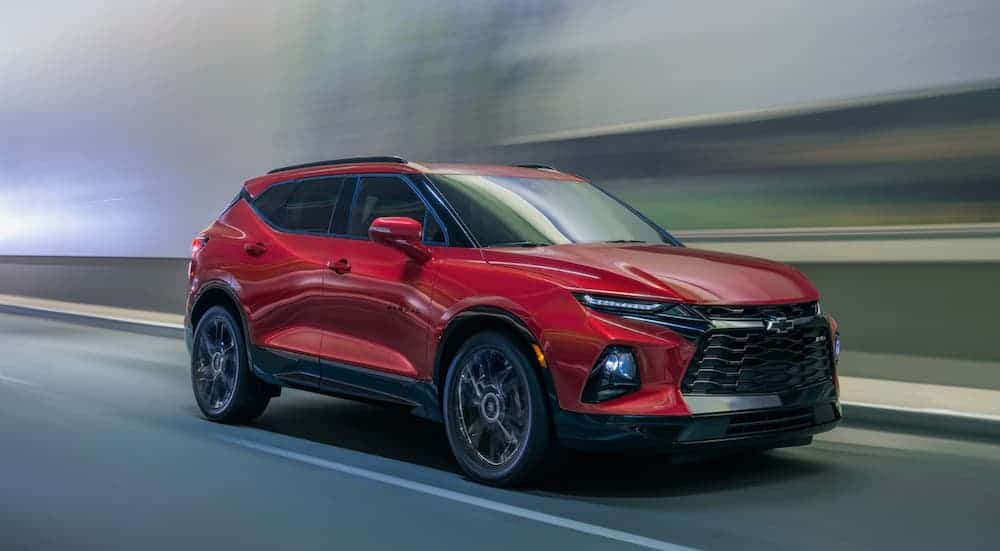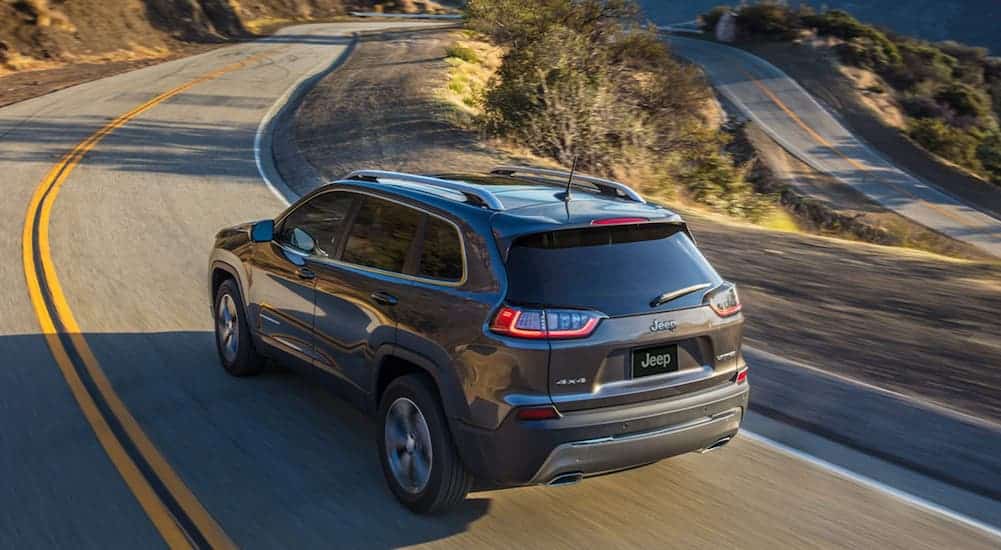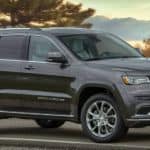What does one look for in a spectacular SUV? Is it a selection of well-rounded powertrains? Or are you looking for a car that offers a fair amount of more space than your typical compact sedan? There are many SUVs on the road right now, and with so many models vying for the spotlight, it’s easy to see why many potential buyers can feel overwhelmed with options. Fortunately, it doesn’t have to be this way, with our help, we’ll narrow down some of your selections and ensure you get behind the wheel of something that breaks the mold in more ways than just one. Two mid-size SUVs that seat five, and attempt to appease a wide variety of SUV lovers from the driver with an unyielding thirst for adventure to the eager parent who wants something safe and spacious to cart the family in. Both vehicles offer a considerable amount of value in their own right, but we’ll have to dig a little deeper to see which of these mid-range SUVs is the better buy. So let’s take a look at the 2020 Chevy Blazer vs 2020 Jeep Cherokee.
A Brief Overview
When parked side by side, it can be challenging to compare these two SUVs. Both are designed to inspire rugged appeal and offer up a sleek styling that already makes them standouts in comparison to the other models that have gone on to crowd the road in recent years. On the one hand, you have the Jeep Cherokee, an SUV that starts at an MSRP of $25,740 and gives drivers one of seven different trim options to select from, which include the Latitude, Latitude Plus, Altitude, Upland, Limited, Trailhawk, and the High Altitude. The styling across all of these vehicles still harkens back to the original General Purpose vehicles that the Jeep brand is founded on, with the vertical front grille, and an opening ground clearance of 8.7 inches. Although, we’ll have to inspect this SUV a little further to determine whether or not it lives up to the versatility and capability of the traditional Jeep family lineup.
Opposing Jeep’s mid size SUV is the 2020 Chevy Blazer, a vehicle that can start at a $28,800 MSRP, which already makes it a bit pricier than its Jeep competitor. That said, with the Chevy Blazer, you also get six different trims to select from, the L, 1LT, 2LT, 3LT, RS, and Premier. Like the Jeep Cherokee, the Chevy Blazer assumes capability thanks to its 7.4 inches of ground clearance. While maybe not as high up as the Cherokee, there’s a lot more to a great SUV than just an elevated ride height. And arguably, the angular body of the Chevy Blazer already makes for a more captivating look, especially with the all-black grille, and slit-like headlights.

Putting the Pedal to the Metal
Power means a lot to any driver, but more so to an SUV driver. These vehicles tend to be on the larger side, and with so much to haul, one should be able to expect an engine that will show up when put to the test. While pricing and configurations can all play a huge role in determining the victor between two different SUVs, the powertrains at your disposal can truly define whether an SUV is a worthwhile buy or not.
The 2020 Jeep Cherokee isn’t half bad; however, what’s packed beneath its base model’s hood would be more appropriate in a smaller Jeep SUV model, like the Renegade. Entry-level models of the jeep Cherokee get a 2.4-liter inline-4 engine that churns out 180 horsepower and 171 lb-ft worth of torque, which isn’t terrible, but it can be a little disappointing when you decide to put it to the task. The 9-speed automatic transmission partnered with the four-cylinder engine does make up for this lackluster performance, but it does little to sweeten the deal. Although, a redeeming fact about the Jeep Cherokee’s performance is that you can upgrade the underwhelming four-cylinder to a more appropriate 3.2-liter V6 that makes 271 horsepower and 239 lb-ft worth of torque. There’s even a third alternative in the form of a 2.0-liter turbo-4 engine that churns out 270 horsepower and 295 lb-ft of torque, the preferred powertrain for off-roading. Speaking of off-roading, the Jeep Cherokee comes standard with a front-wheel drivetrain, but it won’t cost you much to upgrade to a more versatile all-wheel drivetrain.
The Chevy Blazer starts out of the gate with a powertrain similar to that found in the Jeep Cherokee. Base models get a 2.0-liter four-cylinder engine that makes 230 horsepower and 258 lb-ft worth of torque thanks to a 9-speed automatic transmission and a front-wheel drivetrain. While this introductory engine build is just as small as the one offered in the Jeep Cherokee, the result is a vehicle with far more power. The Chevy Blazer also sports a turbocharged four-cylinder in its lineup, as well as a 3.6-liter V6 engine that puts out 308 horsepower and 270 lb-ft worth of torque, making it the most remarkable of all the powertrain options listed here. And, like the Jeep Cherokee, the Chevy Blazer does sport all-wheel-drive capability.

A Well-Equipped Cabin
Near the top of the list of characteristics used in valuing an SUV is the level of comfort and cabin tech that drivers get at their disposal. The Jeep Cherokee starts rather strong, what with the 40.3 inches of legroom offered for rear occupants, and the total of 54.9 cubic feet of cargo space available once you fold down the second row of seats. Furnishings are also well dished out with cloth in lower models, and real leather in higher ones. Where things fall short in the Jeep Cherokee is the lackluster safety equipment. Sure, you can get the full spread of safety features, which include things like lane-departure warnings, and forward-collision warnings with automatic emergency braking, but you’ll have to pay a considerable amount extra to get all of that, as Jeep fails to make any of it standard. Although, we do have to give Jeep props for giving even base model drivers a 7.0-inch infotainment touchscreen that is integrated with Apple CarPlay and Android Auto to play with.
The Chevy Blazer provides a similar riding and driving experience with approximately 39.6 inches of legroom in the rear, which falls just shy of what’s delivered in the Jeep Cherokee. Should you require cargo transport, though, the Chevy Blazer offers more than enough with a total of 64.20 cubic feet of cargo space when you fold down the rear seats. Like the Jeep Cherokee, the Chevy Blazer equips the interior with either cloth or leather and falls victim to the same issue of a lack of standard safety features. While you will be able to get additional features like lane-keep assist with lane departure warnings and forward collision alerts with front pedestrian braking, you’ll have to upgrade the Chevy Blazer to get it. But what makes the Chevy Blazer superior here is the extra room for cargo and the fact that all models get a convenient 4G LTE Wi-Fi hotspot as standard.
The Winning SUV
The differences between the Chevy Blazer and the Jeep Cherokee may be few, but they add up, especially when you get down to performance. While the Jeep Cherokee does offer some decent alternatives to the rather underpowered standard engine, it is hard to refute the go power that the Chevy Blazer provides right at the start. Couple that with a 4G LTE Wi-Fi hotspot, a more significant cargo hold, and more options, all for a slight increase in price, and you have an SUV that is certain to make waves on the road.



